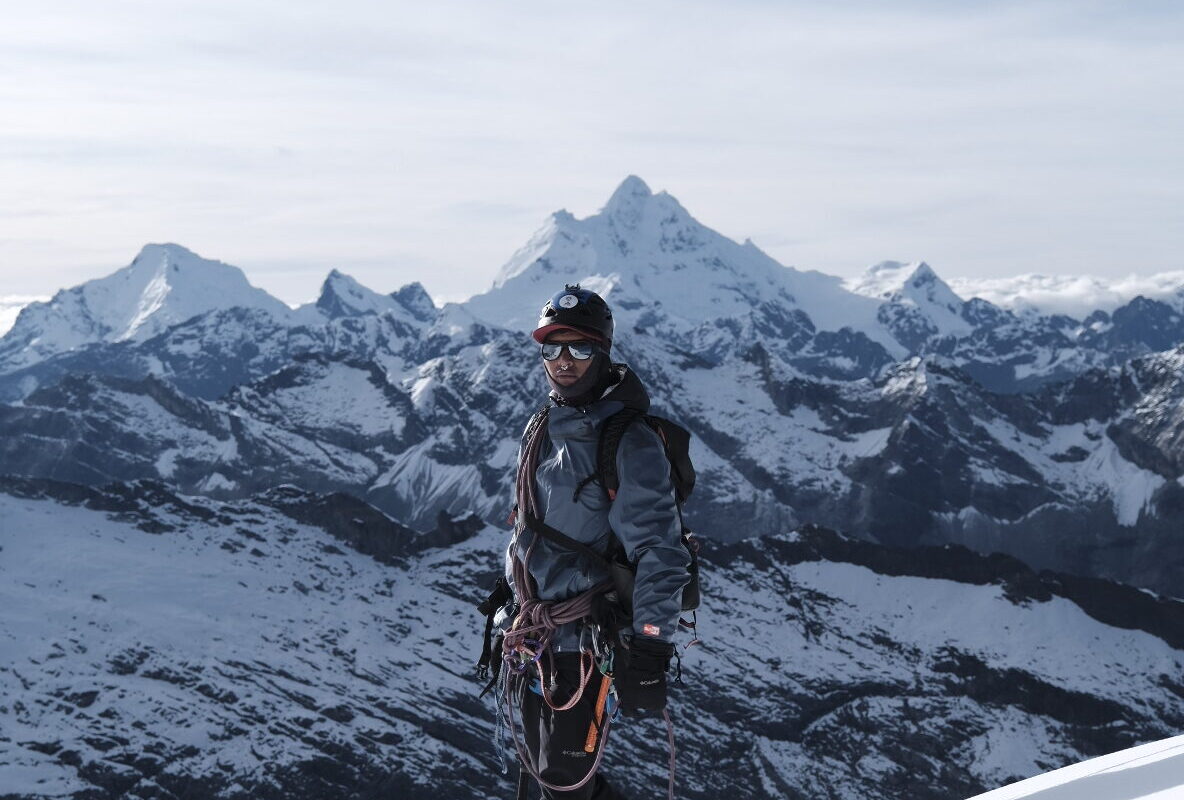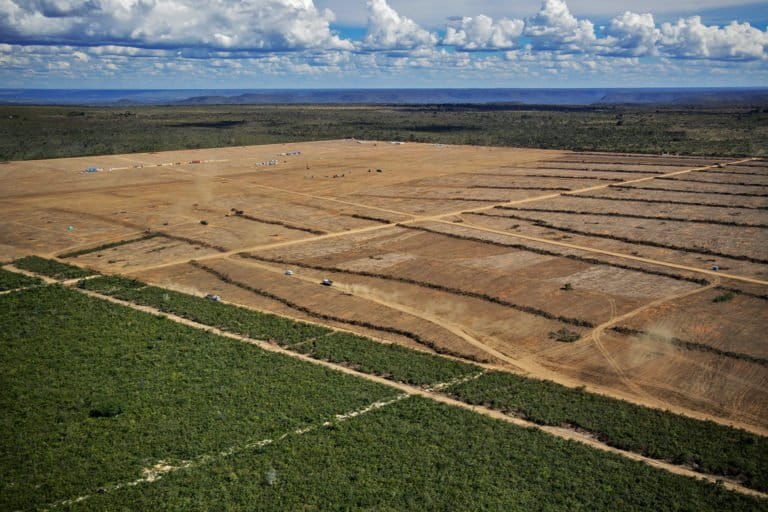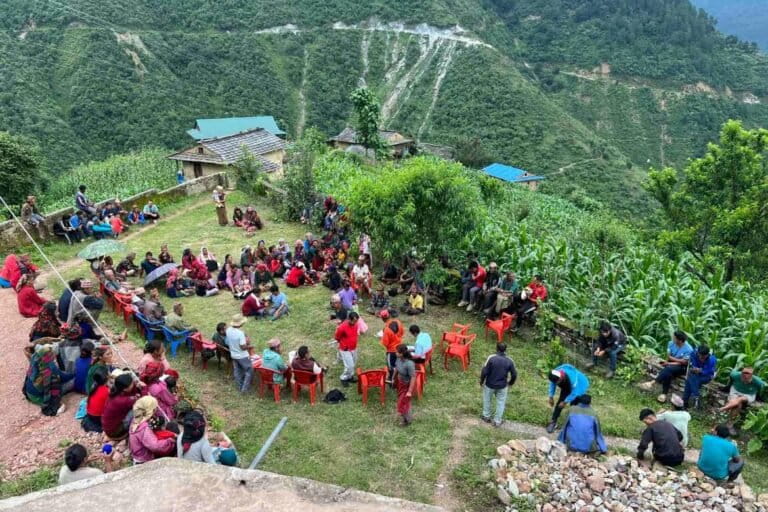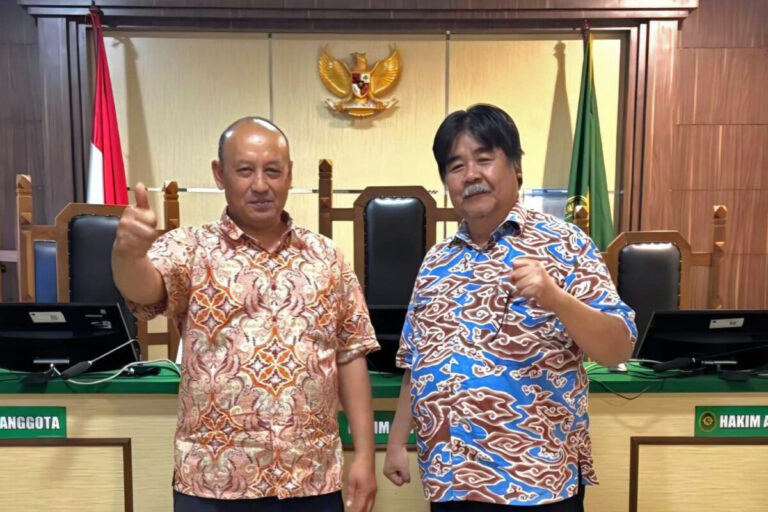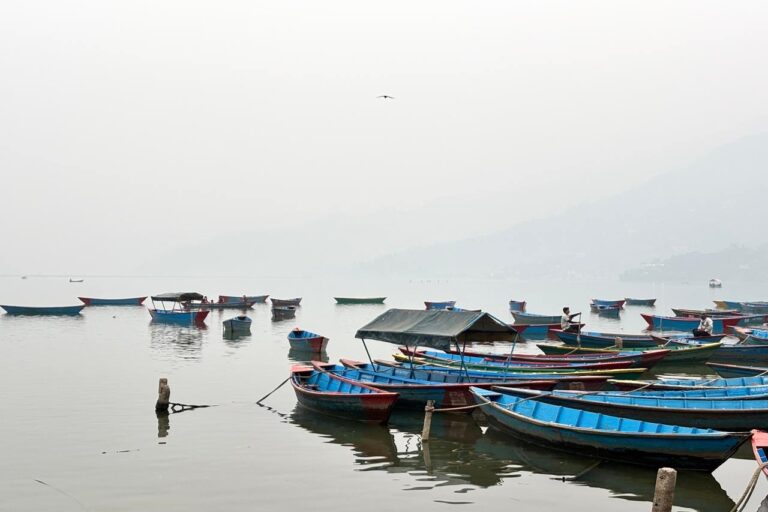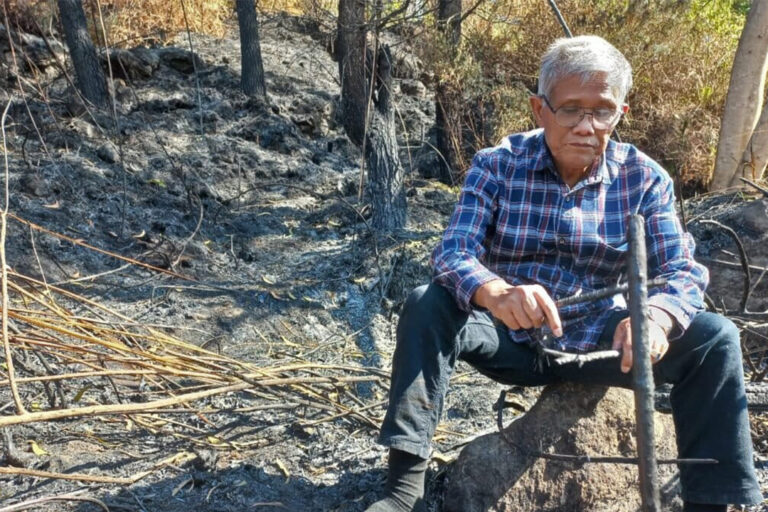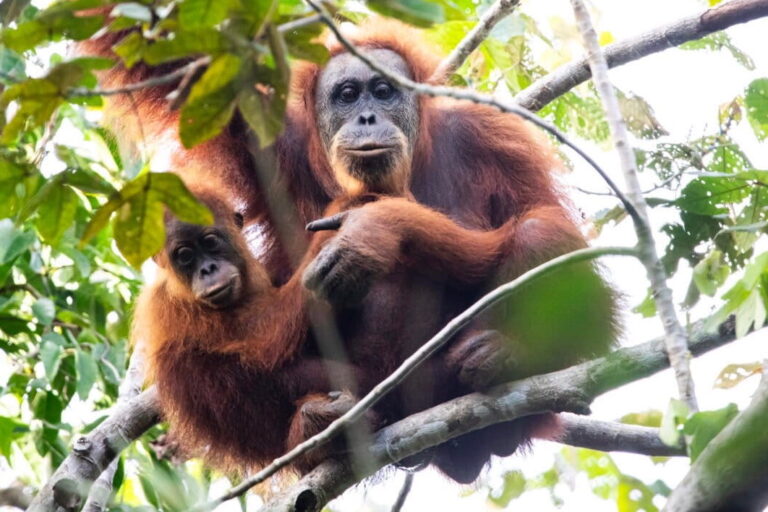A joint expedition by the Natural History Museum (NHM), London and the Natural History Museum, Asuncion to study the biodiversity of the dwindling dry forests of Chaco in Paraguay have responded to recent concerns that they risk encountering uncontacted natives, which could potentially threaten the natives’ lives as well as their own.
“We’ve sought a lot of local advice from our partners in Paraguay to minimize the risk of any inappropriate contact,” a representative from the Press Office at NHM wrote mongabay.com, pointing to the fact that the month-long expedition will include both contacted members of indigenous community in question, the Ayoreo, and Paraguayan authorities.
“We have been assured by leaders of the Ayoreo people, through the Union Navitas Ayoreos del Paraguay (UNAP), that not only will some of their people join our expedition, but one of these with be an elder. This individual will not only help our staff by sharing their knowledge but will also go ahead when we are in the field to ensure there is no inappropriate contact,” the Press Office stated.
The debate started when local indigenous group, Iniciativa Amotocodie (IA), sent an open letter to the museum to call off the expedition in the light of possible “genocide” if the scientists encounter indigenous groups that had chosen to remain uncontacted.
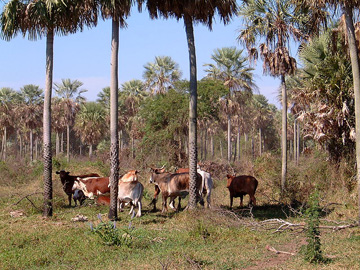 Cattle ranching in the Chaco dry forest. |
“If this expedition goes ahead we will not be able to understand why you prefer to lose human lives just because the English scientists want to study plants and animals,” the letter reads in part. “There is too much risk: the people die in the forest frequently from catching white people’s diseases – they get infected by being close.”
Such statements, while emotive, are not hyperbolic: contacts, even unintended ones, have ended tragically time-and-again in the past. Uncontacted indigenous groups are extremely susceptible to western diseases as they do not have natural resistance to them. When contact does occur upwards of 50-90% of indigenous people have been known to perish.
But the expedition isn’t just risky for indigenous groups. Jonathan Mowzer, Director of Advocacy with indigenous-rights organization, Survival International, has told media outlets that such contact could also end in violence. The Ayoreo have responded to past run-ins with spears and it is possible they could attack expedition members.
Despite, such concerns the expedition, at this time, is going full-steam ahead.
“We know that when we visit remote areas there may be indigenous people that we need to carefully consider and with the expedition to Paraguay, this has been extremely important to us,” the Press Office said. “We’ve considered the whole expedition from the very beginning—not only the impact on the environment but also on the people that live there. We have real concern for un-contacted peoples. They have a right to remain un-contacted.”
The expedition, with over 60 members, hopes to find new species of plants, insects, amphibian, reptiles, and, if very fortunate, even birds and mammals, in an area that is rapidly vanishing from intensive agriculture, widespread logging, and cattle ranching.
The Chaco has been little surveyed by scientists compared to its more well-known and far rainier cousin, the Amazon. However, researchers know the Chaco is home to several threatened mammals, including the lowland tapir (Tapirus terrestris), the giant armadillo (Priodontes maximus), both of which are classified as Vulnerable in the IUCN Red List, and the Chacoan peccary considered Endangered. The area is also home to the America’s largest cat, the jaguar.
“In remote regions like this it is important to find out what is there but, crucially, to create a baseline so scientists can monitor change over time, be they natural changes or manmade. This information will be available to all, including Governments, conservation groups and local people. It can then be used to better understand how to manage the very fragile habitats in which the indigenous people live, and protect them for future generations,” the Press Office said.
While the expedition has been characterized as a possible immediate threat to the uncontacted natives, the long-term threat to the indigenous group remains the loss of their forest to agriculture, logging, and cattle ranching. These industries have pushed the remaining uncontacted natives (estimated at 200) into smaller and smaller areas of the surviving forests.
Sixty years ago, the population of Ayoreo living in the Chaco was around 5,000, but the majority of these were forced out of the forest by cattle ranchers and missionaries.
Related articles
Spotted uncontacted native flees, leaving dinner and dish behind
(07/07/2010) The man had set up camp and was preparing to cook live turtles for a meal when he was seen by people he did not know. He hid behind a tree and then fled from the camp into the forest, abandoning his uncooked turtles and a clay pot behind.
(01/20/2010) Indigenous rights organization, Survival International, has awarded Brazilian cattle company, Yaguarete Porá S.A., its ‘Greenwashing Award 2010′ for destroying indigenous peoples’ forest—including uncontacted natives—and calling it conservation.
Cattle company bulldozing UNESCO site, threatening uncontacted natives

(12/09/2009) A Brazilian ranching company is bulldozing land within UNESCO Chaco Biosphere Reserve in Paraguay, home to the only uncontacted natives outside of the Amazon in South America. While the UNESCO status provides no legal protections to the area, it is meant as an international marker to protect the tribe of the Ayoreo-Totobiegosode and the forest they inhabit.
Last uncontacted tribe in Paraguay rapidly losing homeland
(11/19/2008) An indigenous rights’ group has sounded the alarm over a new threat to an uncontacted tribe in Paraguay.



